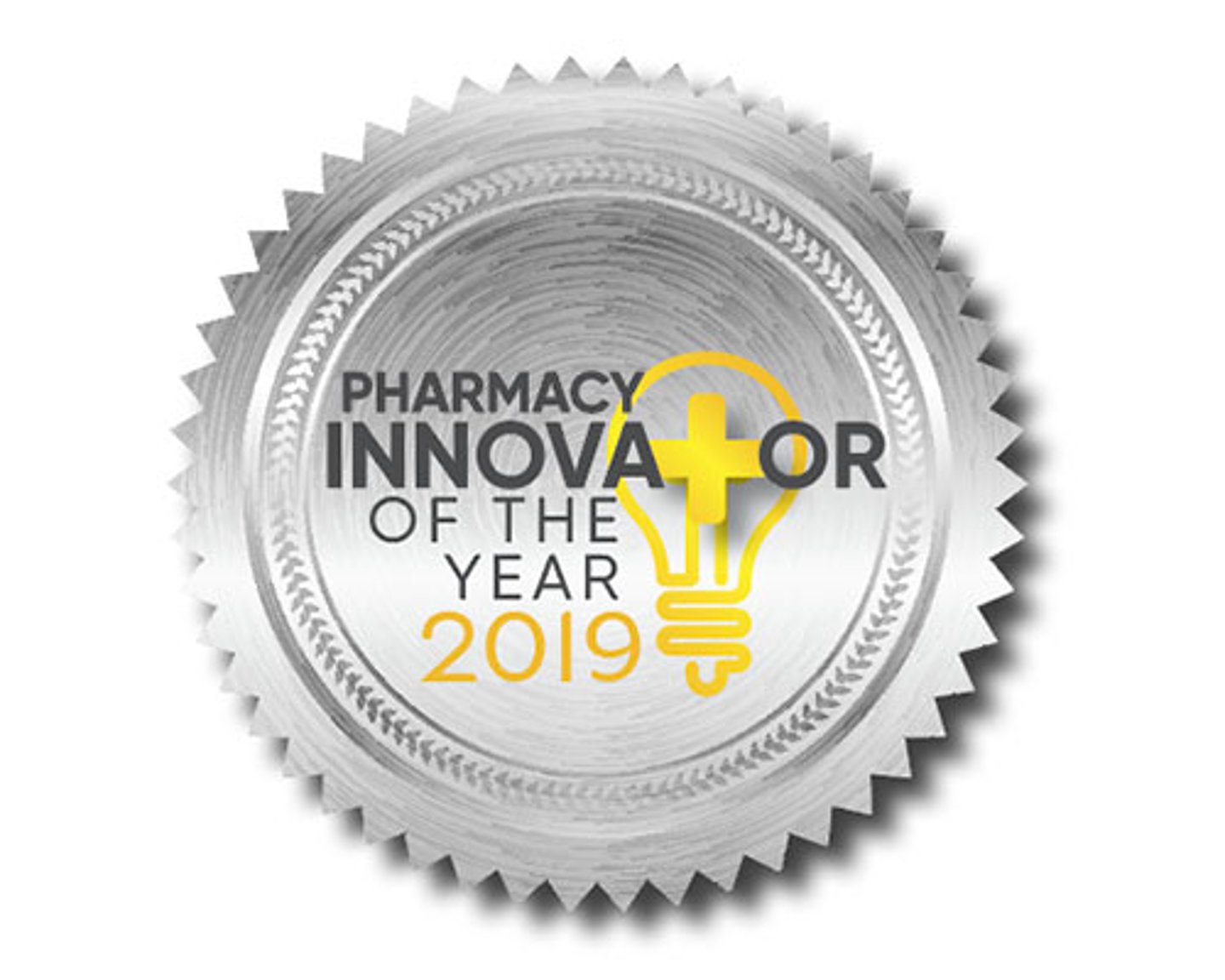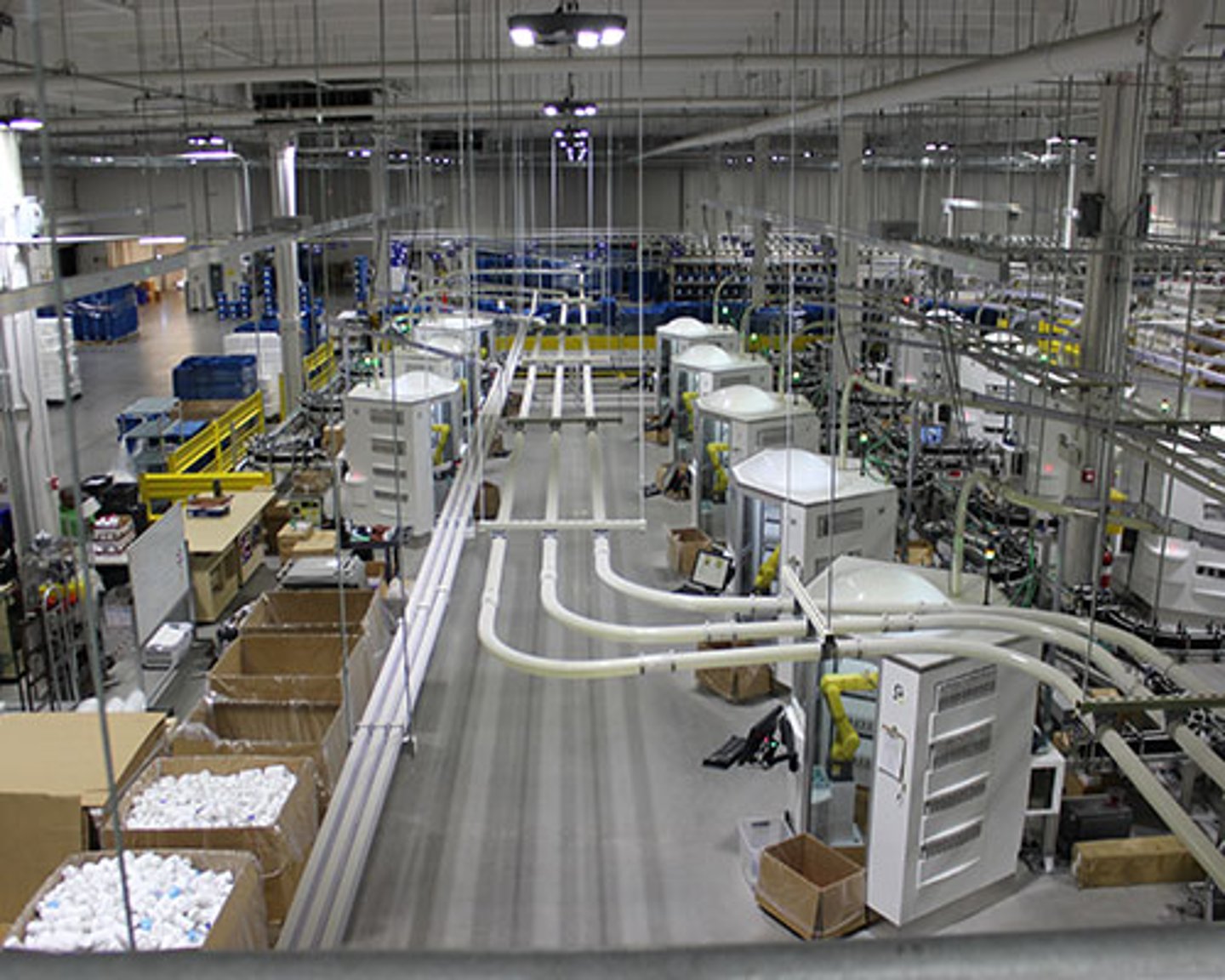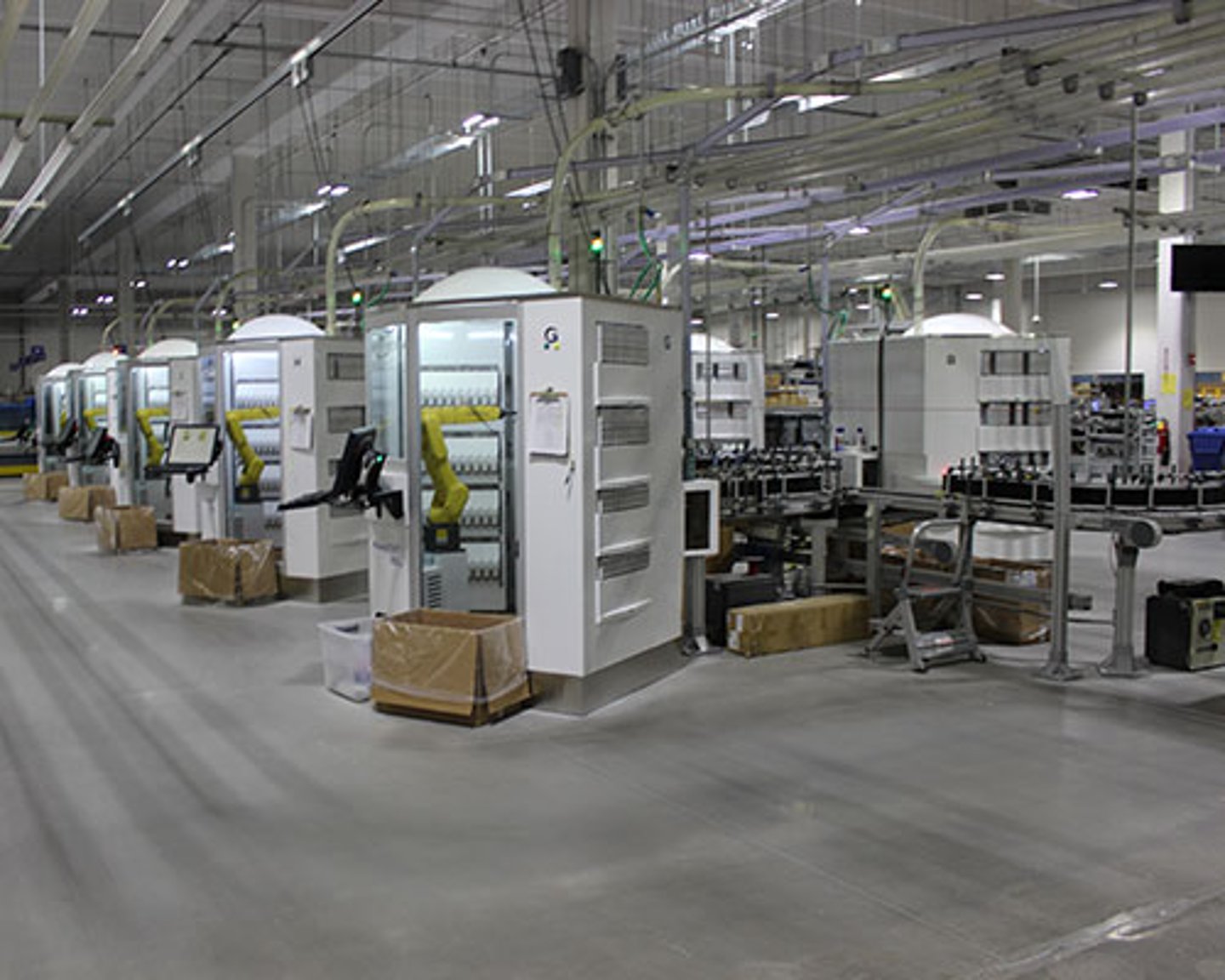Staying centered: Publix builds out its central-fill facility to enable patient care
Before 2013, Publix’s central-fill pharmacy decidedly was low tech. Working in a space the size of a conference room, Publix associates manually filled a few thousand prescriptions a week for its 733 Florida stores with pharmacies.
Fast forward to today, in the past several years, Publix — DSN's 2019 Pharmacy Innovator of the Year — has established a robust, largely automated central-fill operation in Orlando, Fla., that fills more than one-third of the pharmacy prescription volume for its Florida pharmacy stores. The Orlando facility has state-of-the-art robotics and employs almost 90 associates to support this complex business. From the expansive floor of the facility, you can hear the humming of technology from 5 a.m. to around midnight — 2 a.m. on some nights — churn out hundreds of thousands of prescriptions a week. Prescriptions are received from stores until 7 p.m. and are delivered back by 1 p.m. the following day.
Katie Petti, director of central and specialty pharmacy, and a 12-year Publix veteran, said that the impetus behind the chain’s initial foray into central fill was inventory management.
“We started by pulling high-dollar, slower-moving NDCs into central pharmacy,” she said. “Our initial strategy was to minimize waste. We didn’t want 20 of our stores to have a partial bottle of medication on hand. Today, we still support high-dollar drugs, but we’re able to support fast-moving drugs, including a list of medications that Publix provides for free to help support stores with large volumes. A lot of the processes were developed through that manual process. As we saw how efficient it was, we decided that we could add automation and expand this to support the faster-moving drugs that aren’t necessarily high dollar and improve efficiencies within our pharmacies.”
Stacy Burke, who has worked for Publix in Georgia as a front-line pharmacist for six years and then as a supervisor for 10 years, came on board last November as the senior manager of central pharmacy. He described the benefits accrued by automated central fill as an amazing time-saving process that enables Publix to put pharmacists in front of patients more often.
“Our goal with this entire facility is to take some of the workload off the store so our pharmacists can be working at the top of their degree, giving immunizations, counseling patients, and not doing the tasks that can be done centrally by the team here,” he said.
The central-processing side of central pharmacy provides additional support to the stores, notably through prior authorization support. Publix has centralized its prior authorization process to support its entire chain, using onsite staff at the central pharmacy to service its stores in Florida, North Carolina, South Carolina, Tennessee, Virginia, Alabama and Georgia. At the central-fill facility, technicians complete tens of thousands of authorizations a month, which saves the chain the cost of having to train thousands of technicians in its stores.
When the stores indicate that a medication requires a prior authorization, central fill queues that up for the techs who push it to McKesson’s CoverMyMeds, a leader in electronic software that automates the prior authorization process. A follow-through process, which includes reaching out to physicians, ensures that the prior authorizations are done as expediently as possible.
Publix’s central-fill site also has a team that conducts pharmacy DUR, or Drug Utilization Reviews, and pre-verification for busier stores. It also has a patient care center that initiates outbound calls for its medication adherence program and other medication therapy management opportunities.
“Because of our medication synchronization program, we’ve been able to manage the workflow at the pharmacy. We’ll work with our patients on adherence, while simultaneously helping us manage workflow,” Petti said. “If the patient has 10 medications, and we know they are coming into the store in five days, we have time to get prior authorizations. We fill the prescription here and get it to the store in time for the patient, without the pharmacists or techs calling the same day and saying, ‘I’m out of this or that.’”
The medication synchronization and auto refill programs also help stores that may be impacted by unexpected emergencies, such as when Hurricane Dorian hit Florida in September.
“With the sync program and auto-refill program, in situations like hurricanes, we can say, we will push those medications into workflow early because we anticipated people would come early to get their prescriptions,” Petti said. “We sent text messages to all of the impacted patients to say, ‘You may be impacted, we’re getting your prescriptions ready ahead of time.’ Our customers are our stores. We’re here to serve the stores to make sure their days are as smooth as possible.”
Since most of the pharmacists at the central-fill facility have worked in Publix stores, they understand the importance of teamwork during emergencies, Burke said. “We were able to pull a Saturday crew in and redirect their focus as the hurricane threatened. Even if the stores were closed, we did the functions so the stores could open. We were doing workload balancing, data entry, and managing all of the things a pharmacy would manage,” he said.
Central pharmacy also supports pharmacies that provide “Meds to Beds” prescription delivery, including outpatient pharmacies that are branded as Publix and are operated on-site in hospitals. Publix collaborates with several health systems to provide the service that delivers prescriptions to patients before they are discharged from the hospital.
“The associates here are doing as much of the work as they can to streamline those prescriptions so they’re filled as quickly as possible, getting them queued up and then taking them to the patient’s room, and putting them in their hands before they leave the hospital. The turnaround is about 45 minutes from the time they get the discharge prescriptions to the patients’ bedside,” Petti said.
Publix’s central-fill operation also supports its pharmacy acquisitions. “That is such a hectic time with patients and the pharmacy. We help to smooth things over to make that the best experience we can for the patient when they come in,” Burke said.
If that were not enough, the central-fill operation also has a manual-fill section for high-cost branded drugs that might not be prescribed as often, and thus not stocked in Publix stores.
“Every night, even though we are closing out, someone will fill those 10 or 15 scripts to make sure those medications hit the stores,” Burke said. “The pharmacists who work here in central fill know how important it is if someone comes into a store and they don’t have a drug. We have a big responsibility to make the extra effort to ensure those drugs get there.”
The central fill facility, which uses the same drug vials and labeling as its retail stores to maintain consistency for patients, is always looking for new ways to improve the patient experience. Within the next 18 months, Publix plans to add additional robots, as well as collation robots, which will be able to place several bottles in one bag. “By adding collation, it opens up extra sortation spots for us as well,” Petti said “The collation robots have a multipurpose: to improve customer experience, improve customer experience for our retail teams, and to help us expand capacity without having to break out the walls. Additionally, by making these enhancements, it will enable us to increase the number of scripts filled to over 50% of the total volume.”
This move also is beneficial in that Publix provides certain drugs for free and offers “next best thing to free,” which is a 90-day supply on 28 NDCs for $7.50, Petti said. “We move through those drugs very quickly. We are replenishing the 2-liter canisters all the time. The new robots have an 8-liter canister, which will help remove the number of trips we have to take to replenish those canisters for fast-moving drugs.”
Besides cost-savings efficiencies, Toan Do, director of retail pharmacy operations, believes that one of the greatest advantages of Publix’s central-
fill operations is that it frees up pharmacists so they can play a greater clinical role.
“In the retail environment, the associates are leveraging the capacity of central pharmacy because it allows them more time to engage with patients,” Do said. “When the pharmacist is providing immunizations, such as the flu shot, it takes time away from verifying prescriptions. When central fill can verify and send the prescription back, ready to be sold, that provides more time to our teams to engage with the customer in a way that is more meaningful and impactful from a service standpoint.”
Petti noted that the future holds potential for Publix to bring central-fill capabilities to other states. “Our goal is to provide premier care to our patients every day,” she said, noting that Publix plans to expand central fill in some capacity to support its stores in Georgia next year. “By having this type of innovation in place, our pharmacists are more capable of providing that premier engagement each and every time.”




